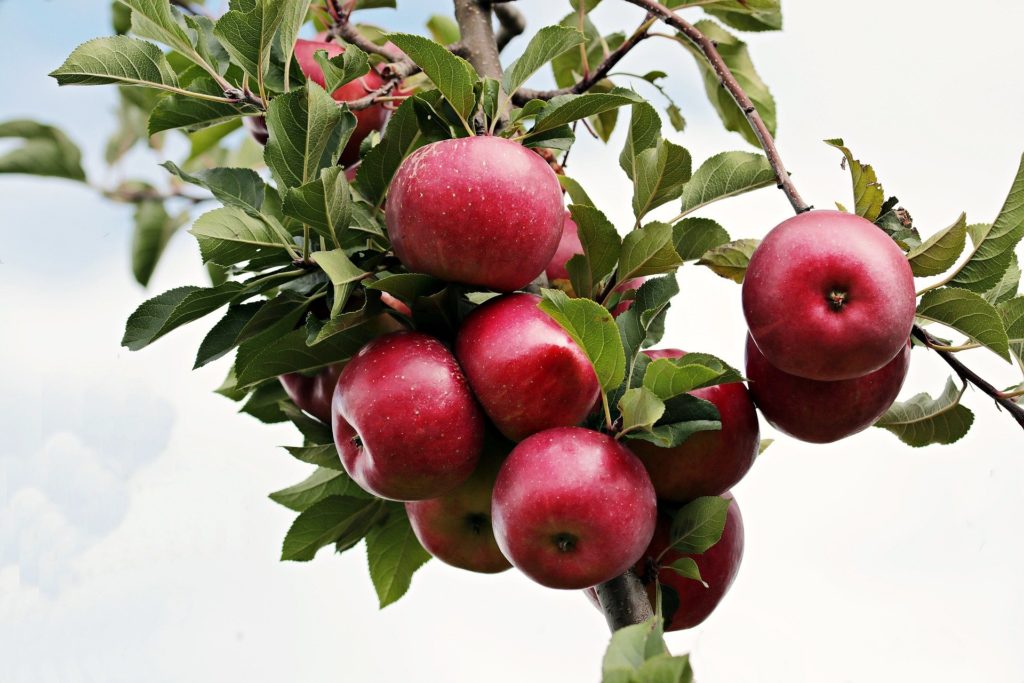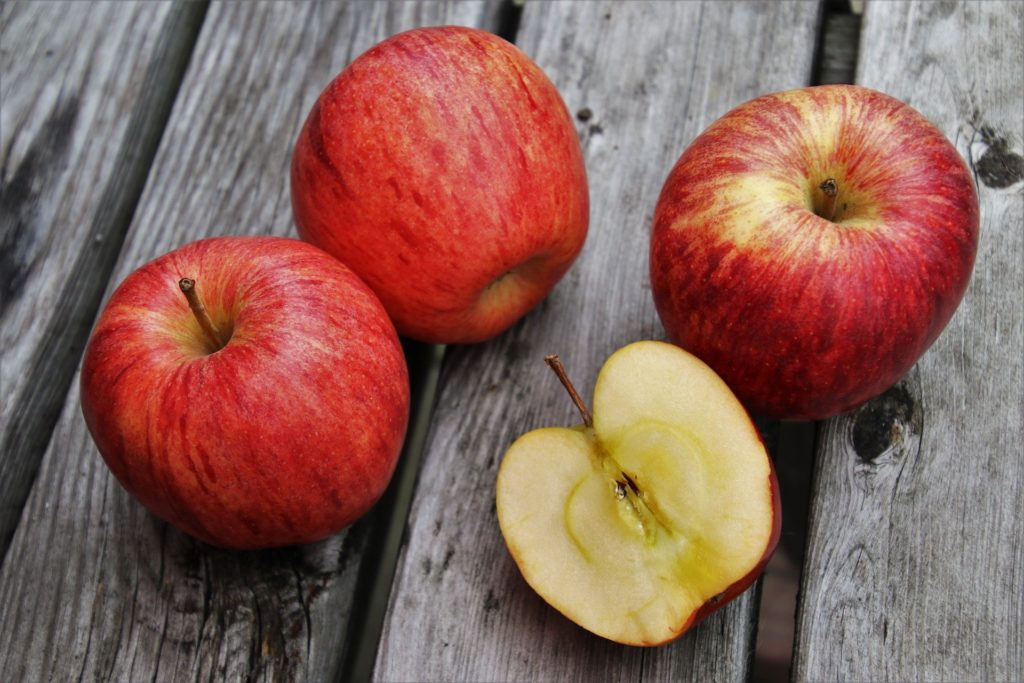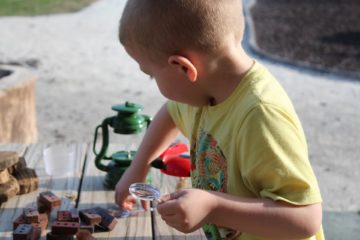“Why is the sky blue?”
It is the quintessential question of childhood and it is very representative of the type of questions that students will create in the classroom. In this article we will dig into the idea that not all questions are created equally, and we will offer some quick tips for turning complex questions into ideas that are testable.

Types of Questions
As I said, not all questions are created equally. It is important to learn to analyze questions in order to understand what type of question is being asked. Here are some examples:
Opinion Questions:
- What is your favorite color?
- Who is the best actor?
- Which National Park is the prettiest?
The replies to these questions will vary from person to person, and there are no definitive ‘right’ or ‘wrong’ answers.
Philosophical Questions
- What do dogs think about?
- Do we have free will?
- What (if anything) is the meaning of our dreams?
There just simply isn’t enough evidence to come to a conclusion on questions like these. You can offer evidence for and against, and you can have fun conversations debating, but in the end questions like this will not have definitive answers.
Easy Yes or No Questions
- Do we have any milk?
- Is there a tree in your yard?
- Did you brush your teeth today?
These questions are simple and dichotomous. Either it is, or it isn’t. Of course, human nature can come into play…we can be mistaken about the veracity of a claim, or we can lie about it (Yes, I brushed my teeth!).
Questions with One Right Answer
- What is the capital of France?
- Who was the first person to walk on the Moon?
- What animal runs the fastest?
- Which type of tree is tallest?
Sometimes I like to call these questions Jeopardy questions; they can sometimes fall under the realm of trivia. They are answers that can be Googled pretty easily, they do not have complex or nuanced answers and do not require much critical thinking. (It is, however, very important to get your information from reliable sources.)

The Questions Students Ask
Which leads us to the category of questions that I hinted at before, and maybe the most common type.
Complex Questions that have Complex Answers
- Why is the sky blue?
- How do butterflies fly?
- Why is my apple turning brown?
- Why does ice float?
- What are trees made of?
- Why do balls bounce?
- How do drums make noise?
You can see, that this list can go on and on. Any object or phenomenon can inspire what seems on the surface to be a simple question, but when you try to start explaining it you begin to see that the amount of information that you need to understand to even start to come up with an answer is immeasurable. Hence the popular answer, ‘Just because!’
Questions We Can Test
As you can see from the former list, most questions that students ask do not come to us in a form that can be tested. I cannot create an investigation to answer the question “Why is my apple turning brown?”. This question is just not in a form that allows us to understand what variables we are looking at, and it gives us no starting place for an experiment.
But with a few simple techniques, you can start to turn questions that are not testable into questions that are testable and can therefore serve as the basis of a classroom investigation.

Change it Up!
Here are some quick ideas for taking student questions and turning them into questions that can be investigated:
Do/Are they all? Using this technique we will first gather more data to see if the phenomenon we are observing is universal. A possible question is:
“Did everyone’s apple turn brown?”
Make a Comparison. Using this technique, we can gather even more data by comparing different types of the same object and look to see if the results we get are similar. We might ask:
“Do different varieties of apple also turn brown? “
Measure Over Time. You can see, that science is all about gathering more and more data and comparing it to what we learned before. Measuring a result over the course of time is another way to get information. How about:
“How long does it take to turn brown? “
Measure Amount. Science requires specificity in observation and data collection. This can help focus our next steps.
“Does all of the flesh turn brown?”
Measure Intensity: Again, specificity in observation.
“How dark does the brown get?”
Can we Change It? : Once students have continued to track and gather data, a simple way of creating a testable question, and to extend their work into science inquiry, is to ask the question ‘Can we do anything to create change in this situation?’ We might ask:
“Does doing _______ keep my apple from turning brown?”

Complex Questions have Complex Answers
Yes, this question does have an answer. It is a multi-step chemical reaction known as enzymatic browning. There is an enzyme in apples known as polyphenol oxidase which when exposed to oxygen, changes phenolic compounds in the apple through a process called oxidation. The phenolic compounds are changed into different compounds called quinones, which react with other compounds to form melanin which is a dark brown pigment.
In order to explain this well, you would need to be able to have a pretty good understanding of atoms, electron shells, molecules, polyphenols, enzymes, oxidation, and pigments just to get started. And unless you really understand all of these concepts and are able to translate it down to an early childhood level, everyone might end up just a little more confused!
If you do have a student who’s intellectual curiosity is such that they simply must know the answer to this question, by all means set them on a course to do the research themselves!
I hope these tips have helped you see how you can take a complex, non-testable question and change it up in order to guide classroom investigations. I will be posting another article with specific examples for other content areas soon!



0 Comments